Neue Haas Grotesk™ Display
字体介绍:
Helvetica的常规体和粗体是为了Linotype的机器而被重新设计的;当Helvetica被用于照排时,这些变化仍然存在。在20世纪80年代,这个家族被重新绘制并以Neue Helvetica的名字发行。Schwartz对原始Helvetica的复刻,他的新的Neue Haas Grotesk,配备了很多Max Miedinger的替换字形,这其中包括一个平腿的R。
从Thin到Black 的8个显示字重,再加上另外3个专门为文本绘制的字重,使这不仅仅是一次复兴——它是一个多才多艺的、绘制精良的作品。Thin字重(最初是由彭博商业周刊要求的)的确很好也很细,显露出了这些标志性字型的真正骨架。
作为一个OpenType字体家族,Neue Haas Grotesk支持大多数中欧和许多东欧语言,并具有非常大的字符集。
The original metal Neue Haas Grotesk™ would, in the late 1950s become Helvetica®. But, over the years, Helvetica would move away from its roots. Some of the features that made Neue Haas Grotesk so good were expunged or altered owing to comprimises dictated by technological changes. Christian Schwartz says Neue Haas Grotesk was originally produced for typesetting by hand in a range of sizes from 5 to 72 points, but digital Helvetica has always been one-size-fits-all, which leads to unfortunate compromises."""" Schwartz's digital revival sets the record straight, so to speak. What was lost in Neue Haas Grotesk's transition to the digital Helvetica of today, has been resurrected in this faithful digital revival.
The Regular and Bold weights of Helvetica were redesigned for the Linotype machine; those alterations remained when Helvetica was adapted for phototypesetting. During the 1980s, the family was redrawn and released as Neue Helvetica. Schwartz's revival of the original Helvetica, his new Neue Haas Grotesk, comes complete with a number of Max Miedinger's alternates, including a flat-legged R.
Eight display weights, from Thin to Black, plus a further three weights drawn specifically for text make this much more than a revival - it's a versatile, well-drawn grot with all the right ingredients. The Thin weight (originally requested by Bloomberg Businessweek) is very fine, very thin indeed, and reveals the true skeleton of these iconic letterforms.
Available as a family of OpenType fonts with a very large Pro character set, Neue Haas Grotesk supports most Central European and many Eastern European languages.

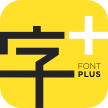








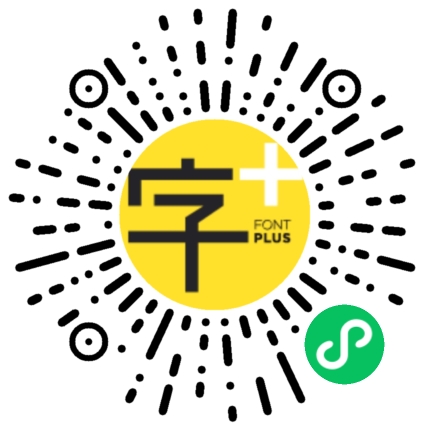


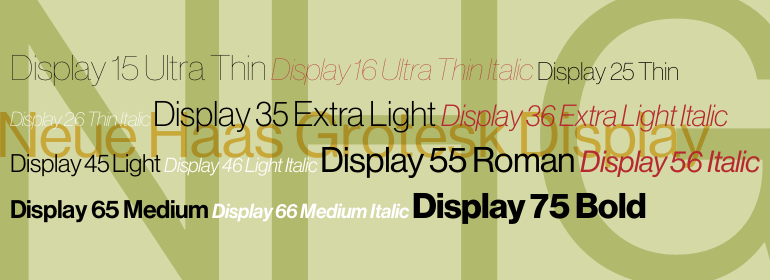
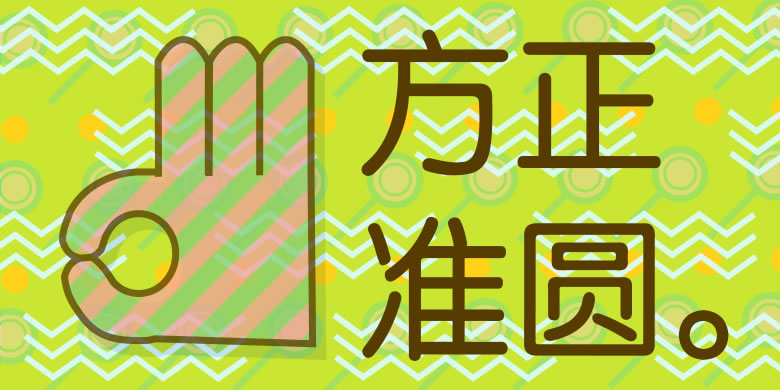

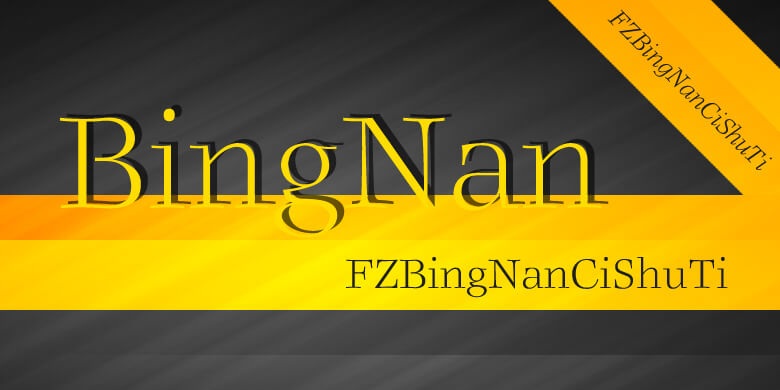
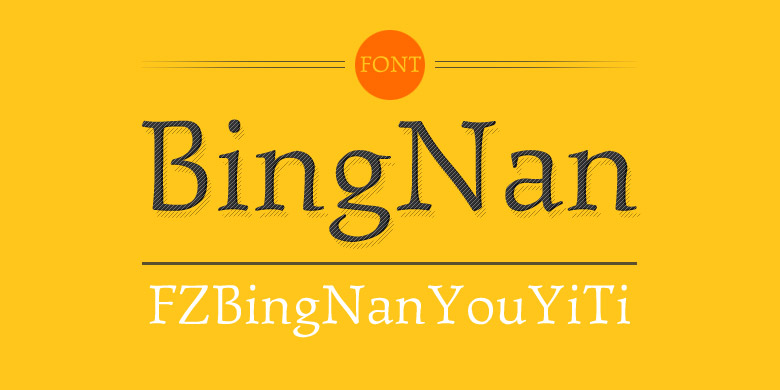
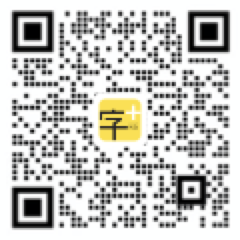


 商业发布授权
商业发布授权
 出版物授权:针对出版物
出版物授权:针对出版物
 嵌入式应用授权
嵌入式应用授权






